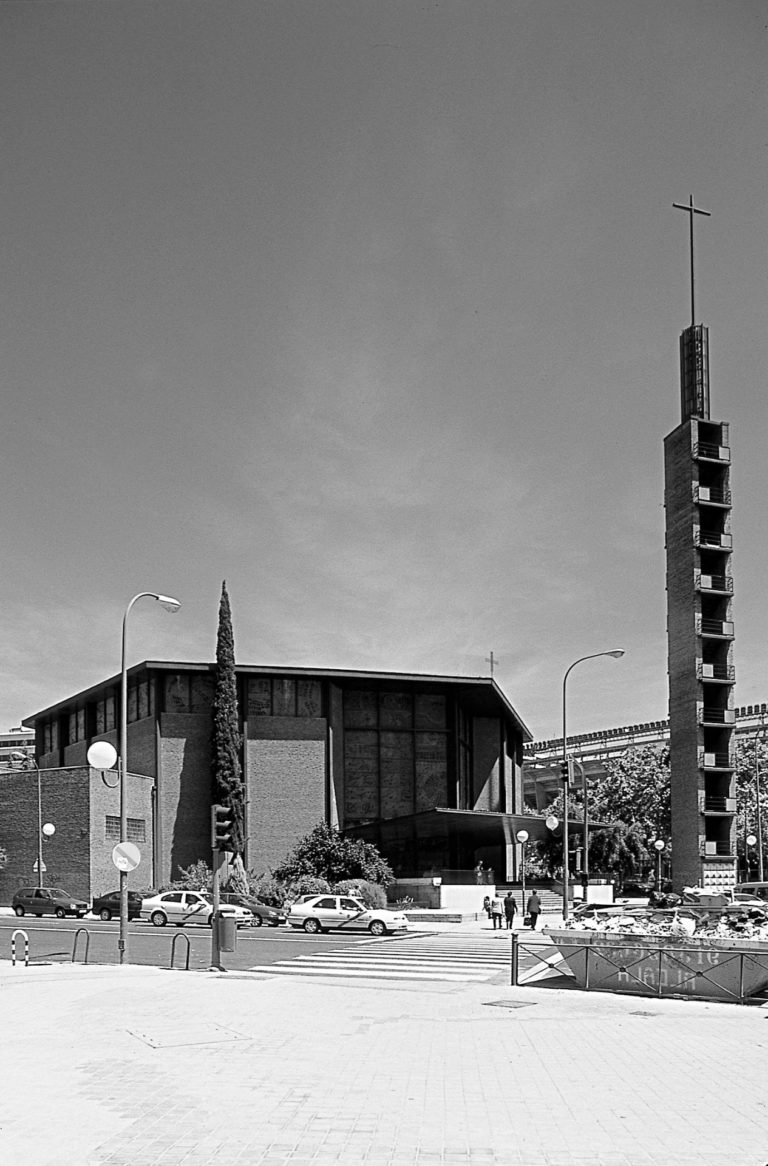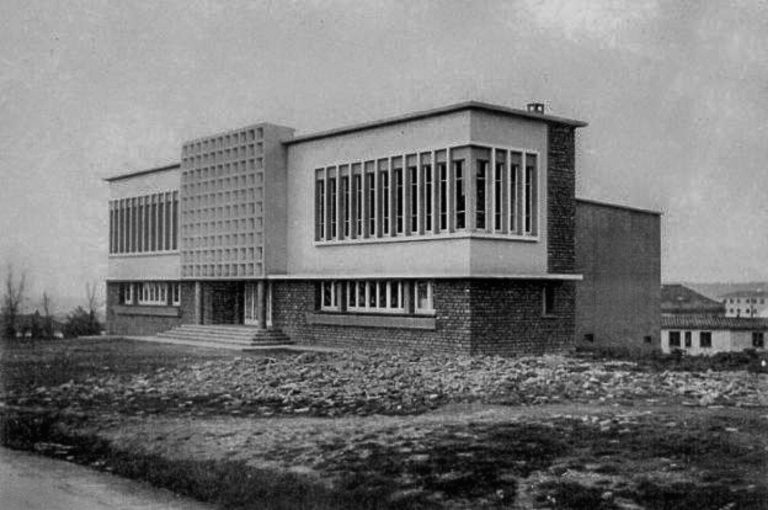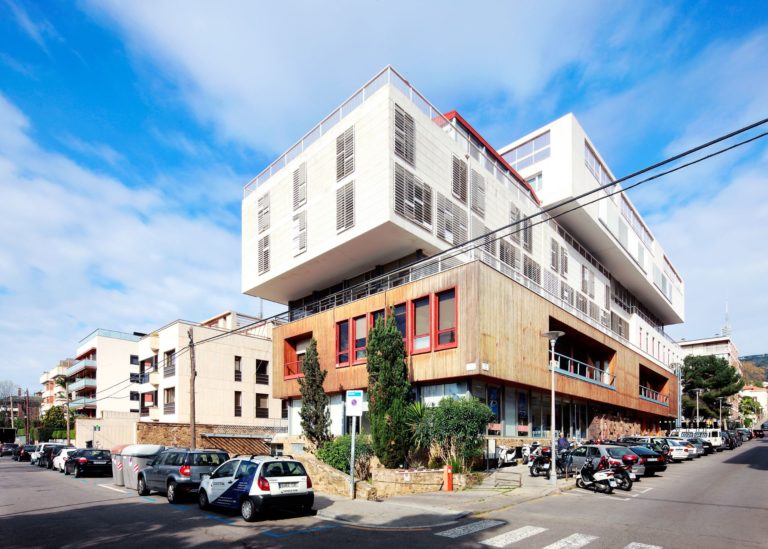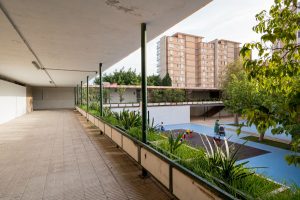Abstract
The 20th Century has been the century of displacements. An enormous number of people were forced to leave their homelands for political or economic reasons, which generated a gap that in most of the cases would be unrecoverable. The hardships that people had to endure in Europe, the opportunities that emerged in American countries, or the pressure exerted by totalitarian regimes drove a good number of European professionals, artists and intellectuals to American territory. This research study is intended to investigate one of those migrations that settled in Latin America during the first half of the 20th century: the one of the Spanish architects that were forced into exile. To achieve this, an attempt was made to expose not only their contributions but also the influence that the culture of the countries which welcomed them exerted in their work. Venezuela received a large portion of Spanish architects who were displaced as a consequence of the Civil War. After Mexico, it was the country that sheltered the greatest number of persons. The arrival of these exiled Spanish architects coincided with the moment in which the Venezuelan society – based on agriculture and commerce – would witness the impact of the revolution of the oil industry. Thus, their arrival supposed not only experiencing the dramatic loss of their previous world – implicit in the notion of the exile – but also settling in a society going through a profound change process. In both cases it was about “two worlds that were vanishing.” The assumption of these architects’ work is regarded as a displaced architecture. A displacement that takes place in two ways: on one hand, there was a physical displacement, and on the other hand, the word displaced also talks about the second place that architecture is given when confronted with the urgent drama of survival that affected the exiled community. Hence, a physical, verifiable displacement is combined with a displacement that has to do with the importance and the attention given to architecture. This research study encompasses an introduction, four chapters, and an epilogue as a conclusion. Throughout the chapters, the individual approach to the work of one of these exiled architects, Rafael Bergamín, runs in parallel to an overall view of various other architects’ career paths that faced a common destiny. The work of the architect Bergamín was chosen as the center of this research study due to the significant presence that his work had in Spain as well as in Venezuela, and because its main characteristic was that it was built in collaboration with other architects. The introduction, “Architectural exiles”, shows the structural contextualization, the explanatory thesis statement and the methodology used, including “problematizations” about the architectural exile. The first chapter, “Memory of departure”, contains the academic background and performance during the pre-war time of the Spanish architects that would go into exile. An outline based on different generations and revealing an unambiguous perspective is introduced. The second chapter, “War and departure into exile”, tackles the performance of the Spanish architects during the war, as well as the following general diaspora into exile. The third chapter, “Building from what vanishes. Architects of the Spanish exile in Venezuela”, proposes various conceptual assumptions concerning the topic of displacement in architecture according to the doctrine and professional affiliations of the Spanish architects exiled in Venezuela. The fourth chapter, “The return”, deals with the end of these architects’ careers. As a general framework, their itineraries to return, or in many cases, the impossibility of returning, are reviewed. Finally, the sources to the various documents of files and repositories, as well as the bibliographical references consulted for the research, are provided. Three annexes have been attached to this research study. The first annex contains unpublished documents found during the research process; the second includes Bergamín’s drawings, basically from the first decades of the 20th century, such as, caricatures, advertisements and assignments done when he was a university student; and the third annex presents a biographical outline of the architects of the Spanish exile.
Access the thesis











